In modern water management systems, the Electrical Level Control Water Float Switch plays a pivotal role in monitoring and maintaining appropriate fluid levels. Whether used in industrial applications, home water tanks, or large-scale agricultural operations, this device ensures that water systems operate safely and efficiently.
An Electrical Level Control Water Float Switch is a device designed to detect the level of liquid within a tank or container. It typically works by using a buoyant float that moves with the water level. As the float rises or falls, it activates an internal electrical switch that either opens or closes a circuit. This electrical action can control pumps, valves, or alarms, depending on the specific application.
How It Works
The functionality of the Electrical Level Control Water Float Switch is based on the principles of buoyancy and electrical conductivity. When the water level changes, the float attached to a rod or arm moves accordingly. At a certain point, this movement triggers an electrical signal that initiates an action—turning a pump on or off, for example.
The versatility of the Electrical Level Control Water Float Switch makes it suitable for a variety of systems. It is commonly used in sump pumps, overhead water tanks, industrial liquid containers, and even sewage treatment plants. Its purpose is to automate the water level control process, reducing the need for manual monitoring and intervention.
Benefits of Using an Electrical Level Control Water Float Switch
There are several reasons why industries and homeowners rely on the Electrical Level Control Water Float Switch:
Automation and Efficiency: Automating the process of water level management saves time and labor. With an Electrical Level Control Water Float Switch, pumps can be turned on or off without human input.
Preventing Overflows and Dry Runs: One of the biggest advantages of using a float switch is its ability to prevent tank overflows and pump dry runs, both of which can result in damage and costly repairs.

Cost-Effective: The Electrical Level Control Water Float Switch is an affordable solution that provides significant benefits in terms of system protection and water management efficiency.
Easy Installation: many float switches are easy to install and require little maintenance, making them a good choice for various applications.
Types and Configurations
There are several configurations of the Electrical Level Control Water Float Switch to meet specific needs. Common types include vertical, horizontal, and cable float switches. Each type has distinct features suited to different tank shapes, sizes, and water level ranges.
Vertical Float Switches: Mounted from the top of the tank, proper for deep, narrow tanks.
Horizontal Float Switches: Installed from the side of a tank, suitable for shallower containers.
Cable Float Switches: Use a tethered cable, often seen in sump pumps and wastewater treatment.
Each configuration of the Electrical Level Control Water Float Switch serves the same core function—automatically detecting and responding to water levels—but offers flexibility based on the application's physical and technical requirements.
Applications in Various Industries
The Electrical Level Control Water Float Switch finds its place in numerous sectors. In agriculture, it helps regulate irrigation systems and ensures that livestock watering tanks do not overflow. In industrial settings, it manages coolant and chemical levels in machinery and processing tanks. In domestic use, it helps homeowners maintain good water levels in their storage tanks or basements.
Moreover, wastewater treatment plants use the Electrical Level Control Water Float Switch to manage inflow and outflow rates, ensuring safe operation and environmental compliance.
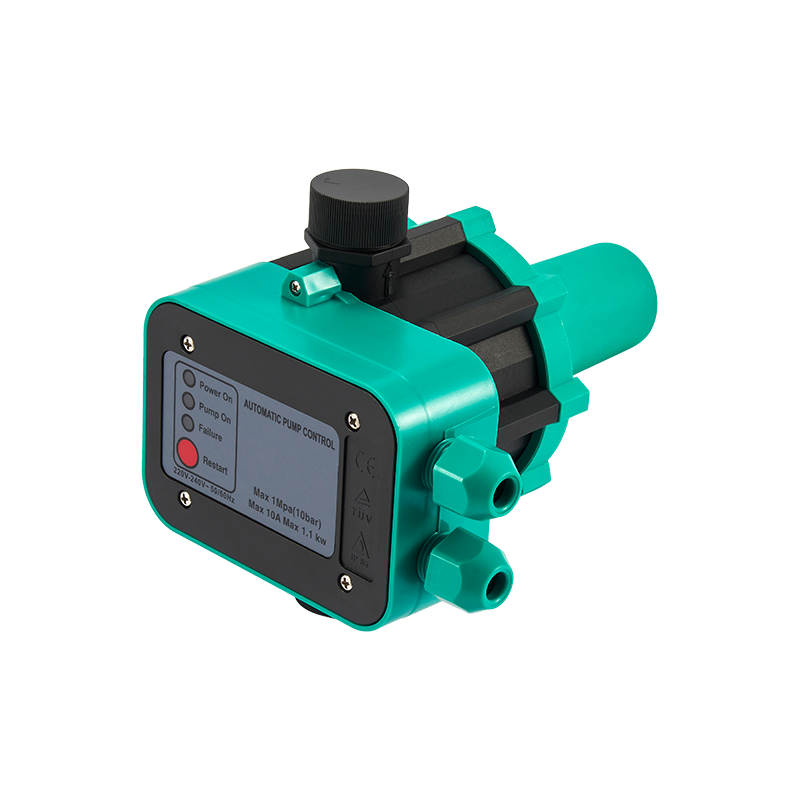
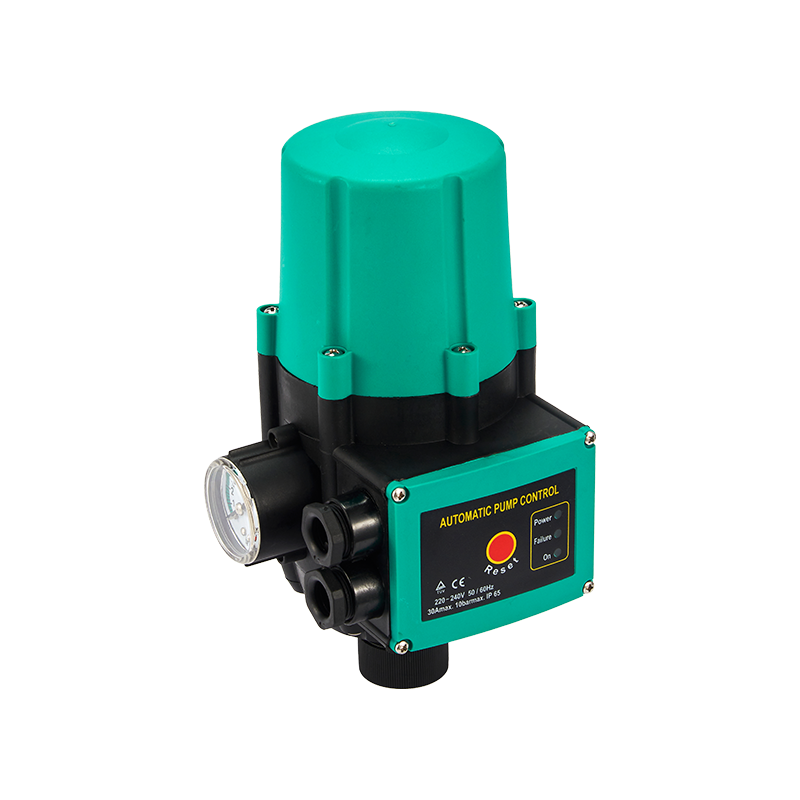
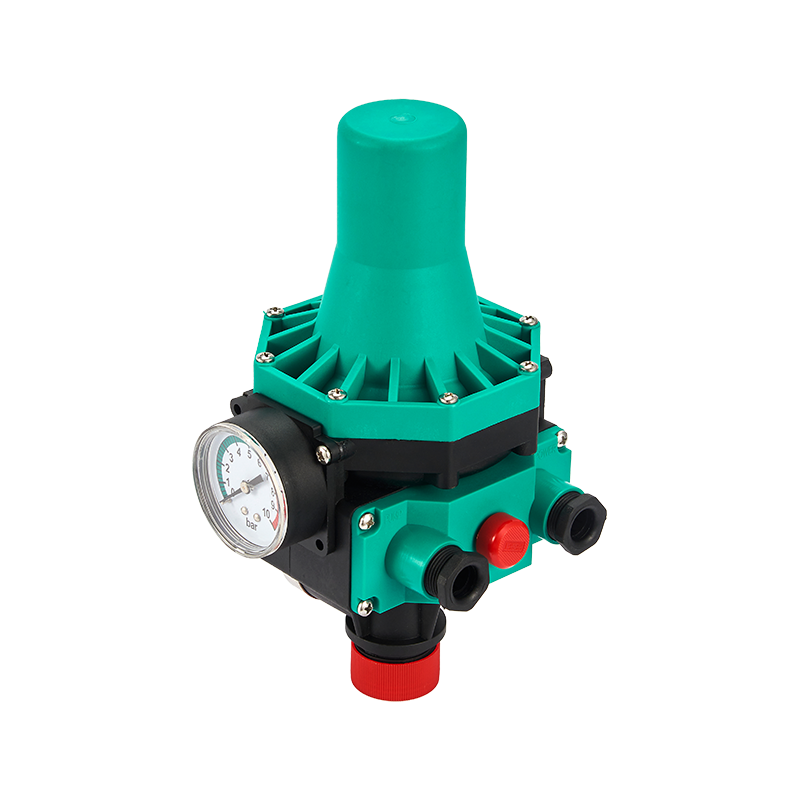
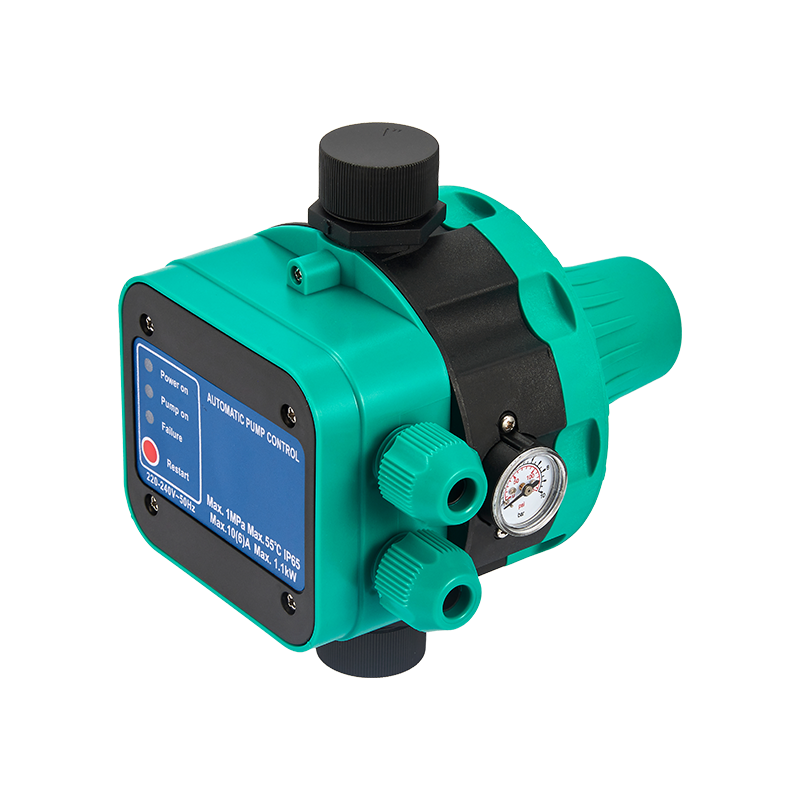
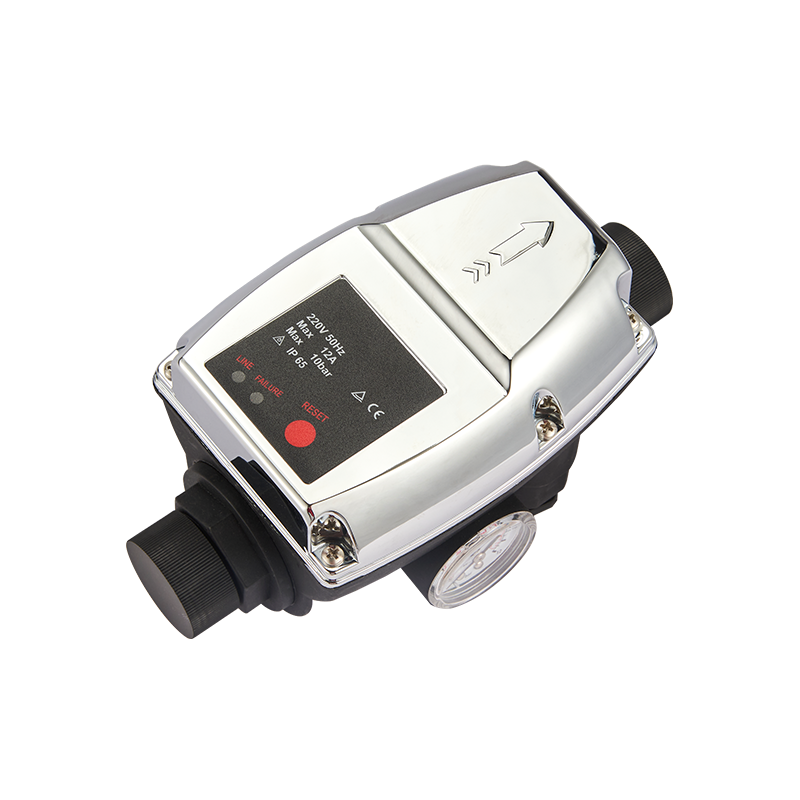
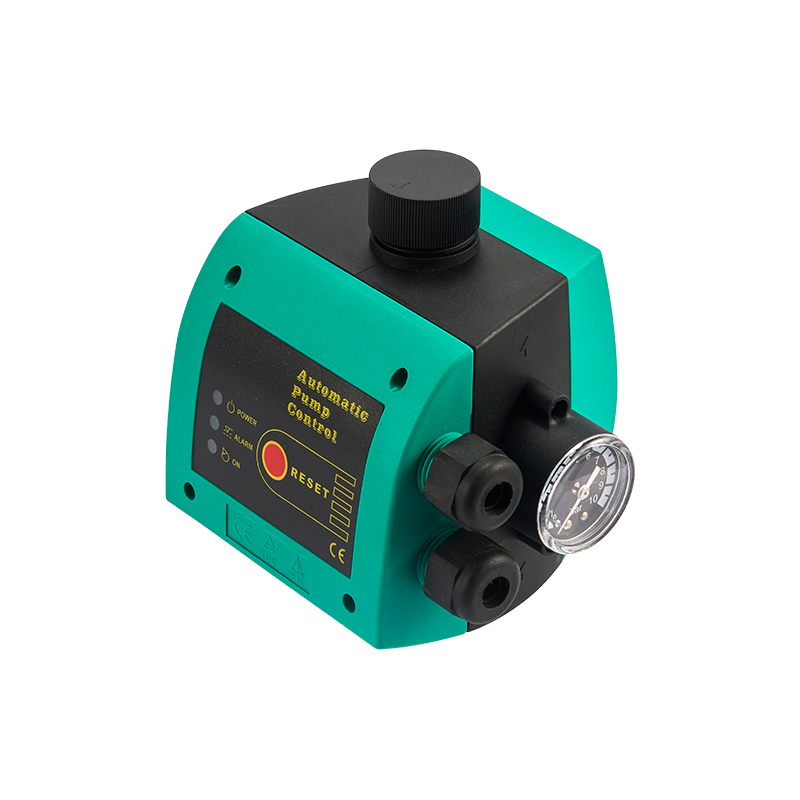
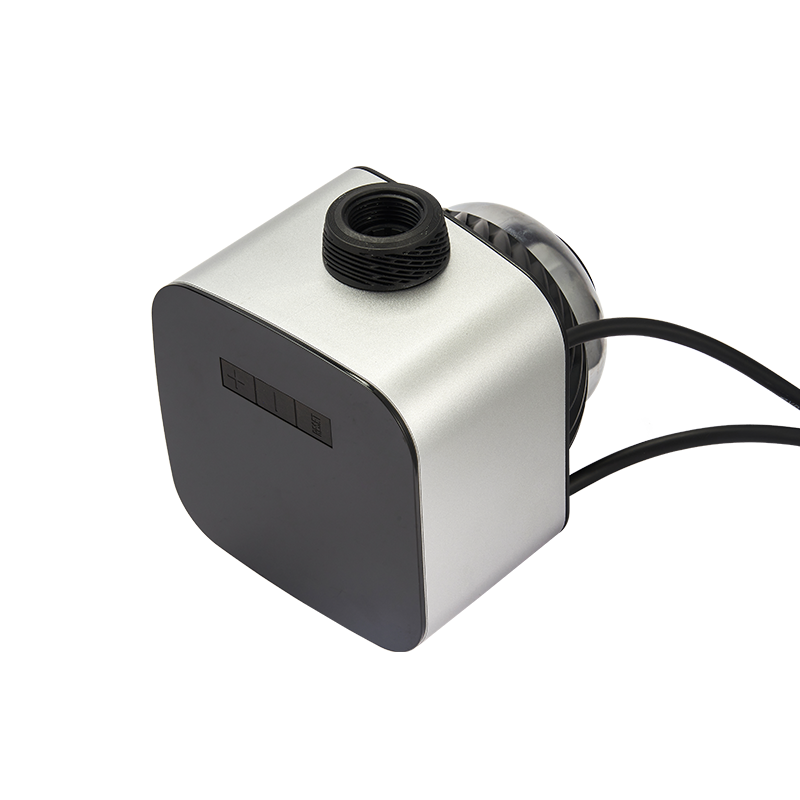
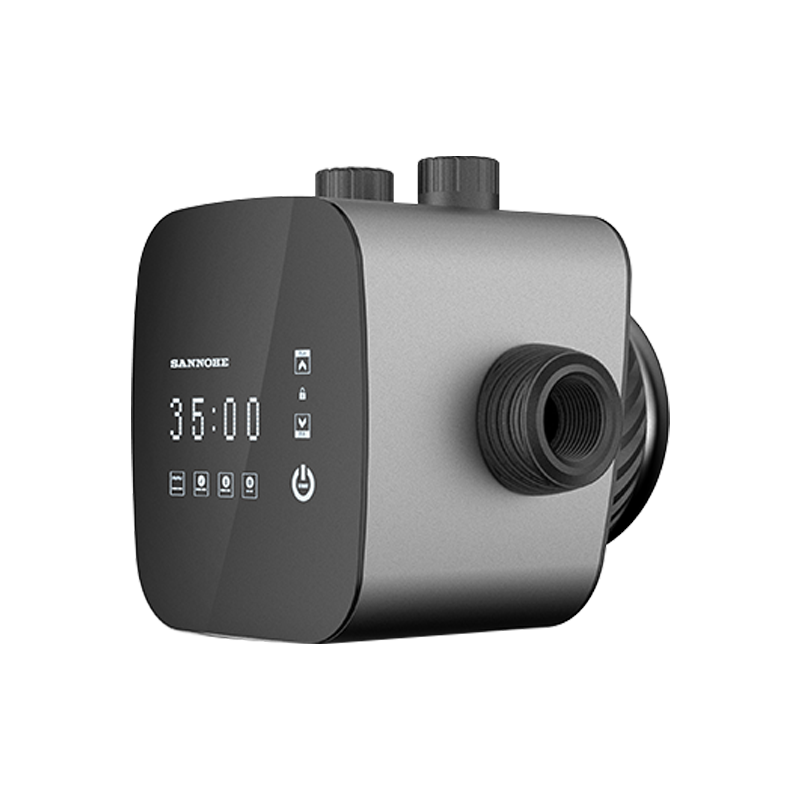
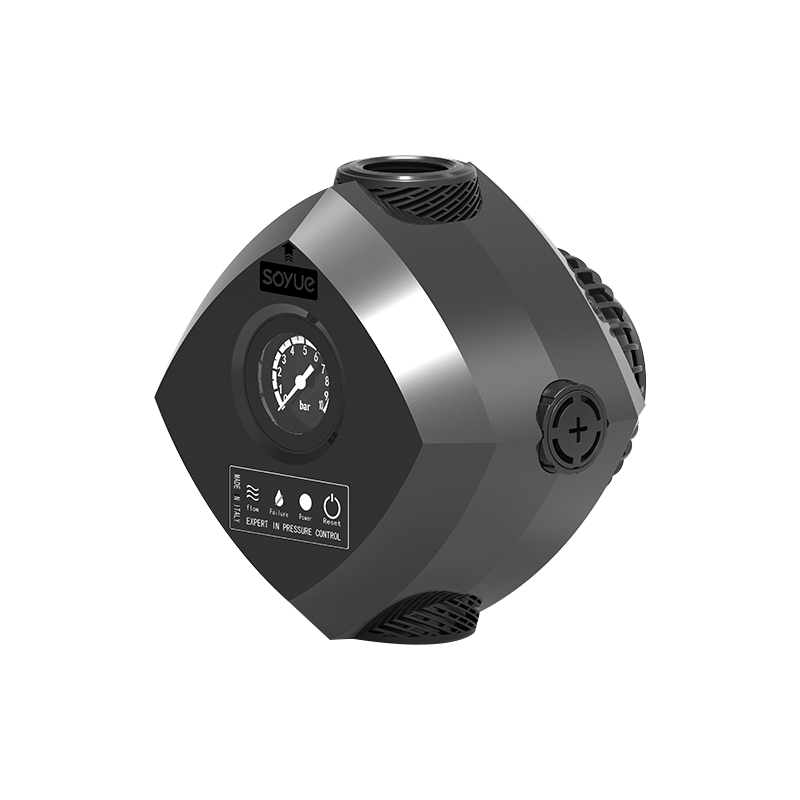
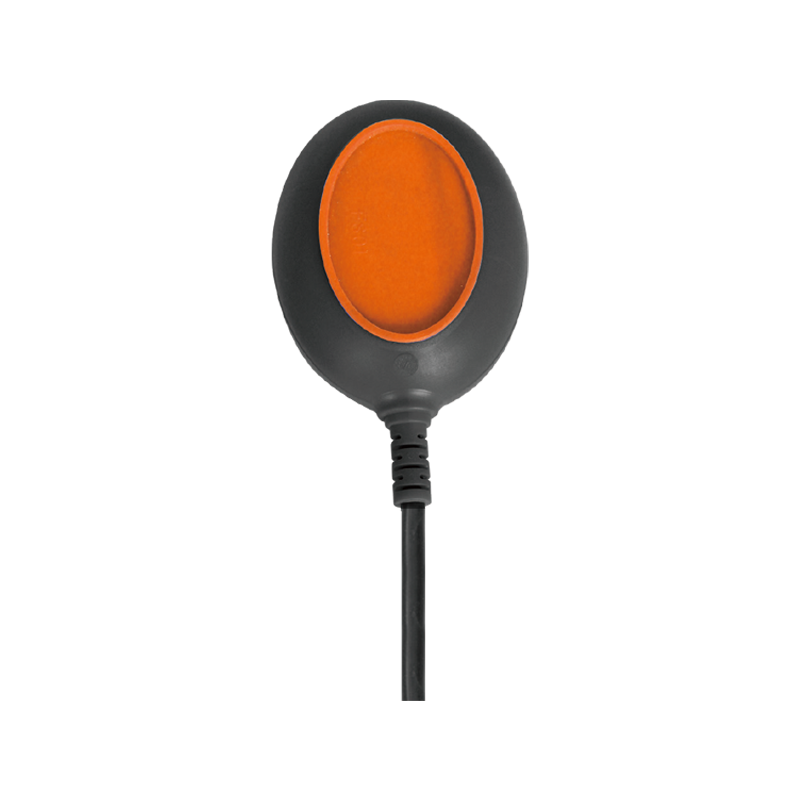
In the operational framework of countless residential, commercial, and industrial fluid systems, a small but vital component ensures automatic control and protects equipment: the pump pressure switch. This electromechanical device serves as the central nervous system for pumps, activating and deacti...
The global industrial landscape is witnessing a significant transformation, driven by advancements in automation and smart technology. A key player in this evolution is the automatic pump controller factory, which has become a hub of innovation and precision manufacturing. These specialized faciliti...
The technology behind pump automatic pressure control is undergoing significant advancements, bringing improved efficiency and reliability to fluid handling systems across multiple sectors. These sophisticated systems are designed to maintain consistent pressure levels without requiring constant man...